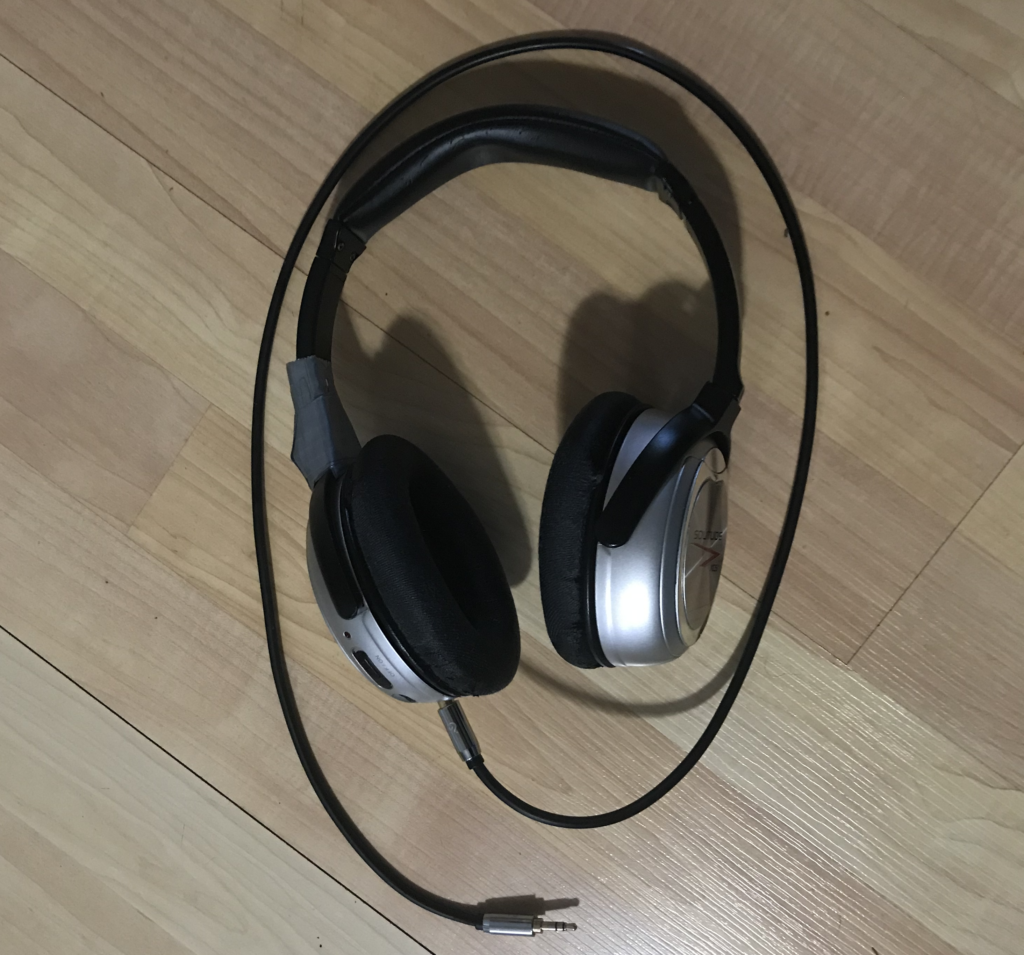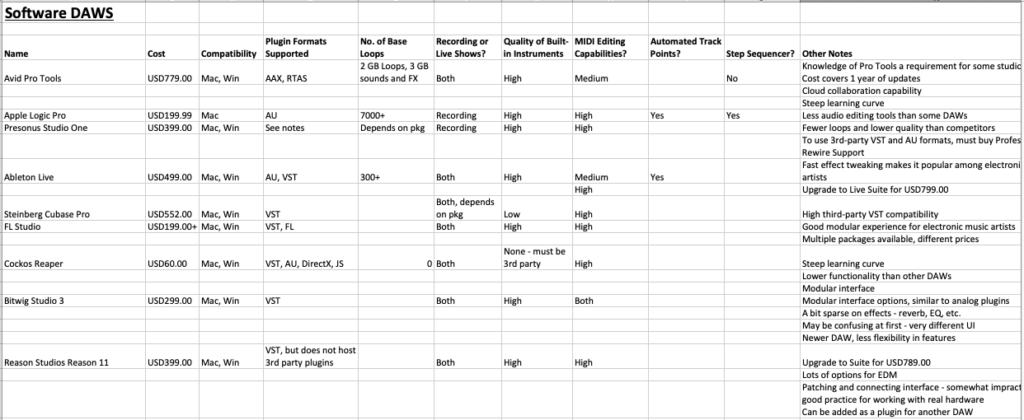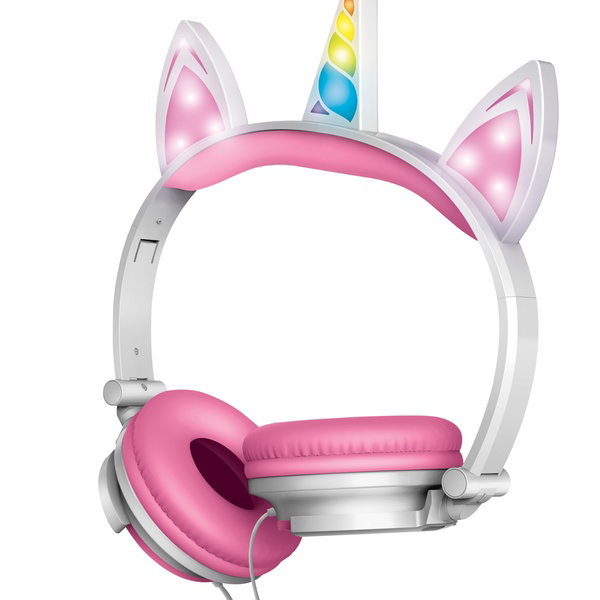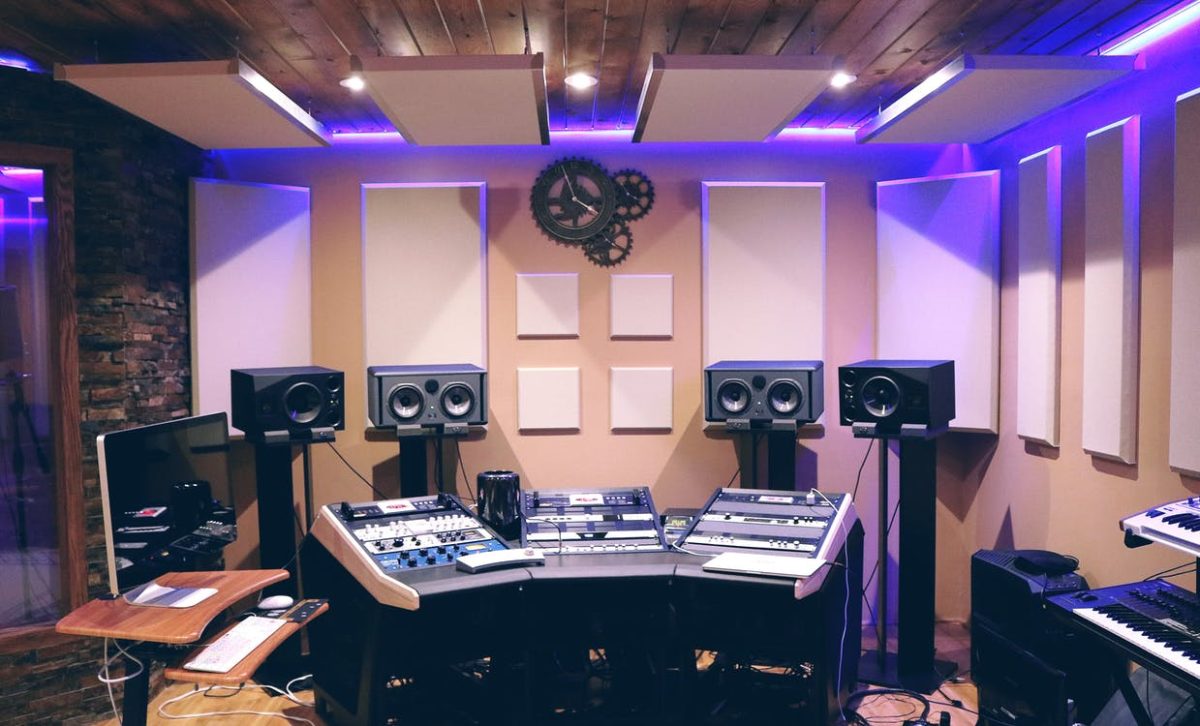A couple days ago, my Solitude XCS2 headphones broke. I was lying sideways on my bed, listening to some music, when the sideways pressure snapped the plastic connector for the right earpiece.
I quickly applied my masterful MacGyver skills and reattached the piece with some handy strips of cardboard and duct tape.

For SOME reason though, the headphones just weren’t as comfortable (or noise-canceling) as they were before. After some research, I settled on a snazzy pair of Shure SRH840 Professional Monitoring Headphones as a replacement.
Mid-research however, it occurred to me that others might benefit from my method of seeking and purchasing equipment that I’m relatively unfamiliar with.
By ‘unfamiliar’, I mean I didn’t have much idea what specs were important, what constitutes high vs low-quality… In short, what a higher price point pays for, and whether it was worth it for me.
So, let’s walk through how I got from there to here, shall we?
Step One: Background Research
Some quick Google searches can tell you a lot about what to look for in a product. For example, searching for ‘studio headphones under 200’ led to a list of factors that separates good headphones from great ones. In this case, they were:
- Frequency response (how flat or boosted/attenuated the sound is at different pitches).
- Comfort (how much padding, type of materials, etc.)
- Open-backed or closed-backed (the latter has less sound-bleed, but can make your ears sweaty and uncomfortable after a while).
- Impedance (Higher values mean higher-quality audio, but require more power to get a decent volume level)
Obviously some equipment is vastly more complicated than others, and therefore has more specs that need researching and understanding. I find spreadsheets can be pretty helpful in making comparisons.

Think about the details that are most important to you, and use those as your measuring stick when comparing products later.
Step Two: Pay Attention to What’s Popular
I know many will disagree with me about this, but for the beginner who isn’t sure how the things they’ve learned in their research play out in the real world, it’s a good idea to choose products that work for the majority. Makes it more likely to work for you too, no?
Just make sure you are specific about what you’re looking for – for example, just searching for ‘headphones’, would have landed me in trouble, because it would return results I didn’t want, like recreational headphones, gamer headphones, and so on.

I like to search for a minimum of three sites that offer lists of the best products under a certain price, and notice the ones that keep appearing. If a particular brand or model shows up repeatedly, it’s a good sign.
Make a list that consists of the items that appear frequently, AND offer most of the details you are looking for, plus any others that stand out for you.
Step Three: Narrow the List
This is my favourite part. Using the important specs you decided on earlier, explore the remaining options more carefully, and eliminate the ones that aren’t as good for the price point offered. Come to think of it, price is probably one of your deal-breakers, so be sure to check that too.

For example, for the headphones, I wound up with about ten possible options. I then cut the ones that were more expensive than I wanted, or were described as less comfortable or of lower sound-quality – since those were my deal-breakers. This left me with just three options remaining.
Pro-Tip: Go on Amazon, look up each product, and search the reviews that gave three or four stars. These are the people who may have liked the product, but had comments or suggestions for improvement. Often I’ve found this to be the most valuable part of the process.
Step Four: Choose the Winner
At this point, it really comes down to personal preference. Do you like the look of one over the other? Did one get more positive reviews? Perhaps a particular one got a few complaints, but none of them were about things you cared about.
Whatever you choose won’t be a guaranteed win, of course – but you’ll walk away with FAR less buyer’s remorse than if you had chosen the first shiny new thang that walked past your browser.

It’s well-known that people tend to purchase for emotional reasons.. And sellers love to exploit that. The method above helps keep you focused on what you are really looking for, which makes it harder to get sidetracked.
Credits:
‘Black Lamborghini’ by jae park from Pexels
‘Gray and White Tabby Kitten Sitting on Sofa’ by Tranmautritam from Pexels
‘Recording Studio With Ultra Violet Florescent’ by Pixabay from Pexels

